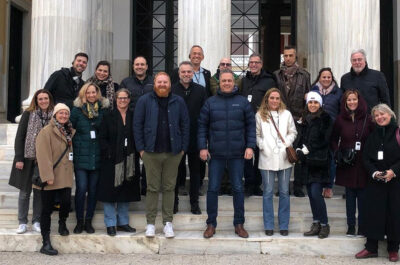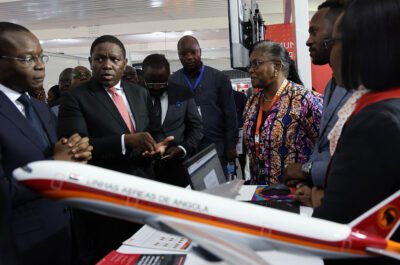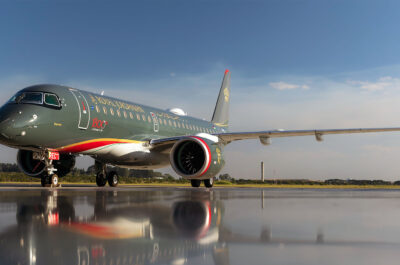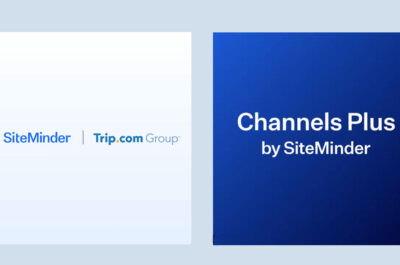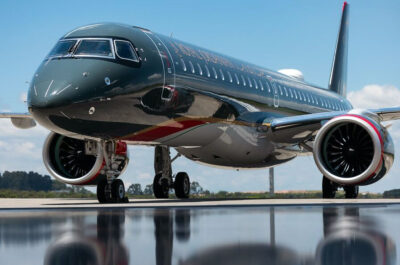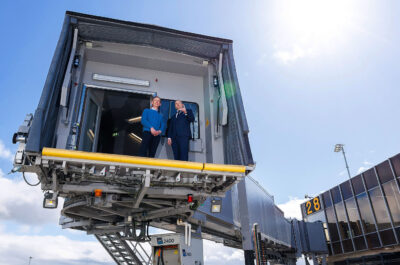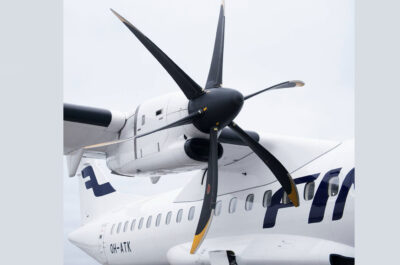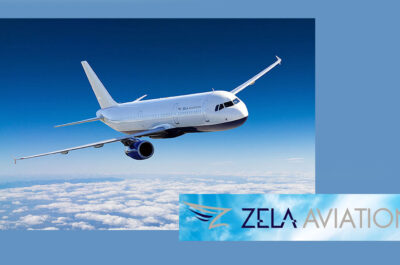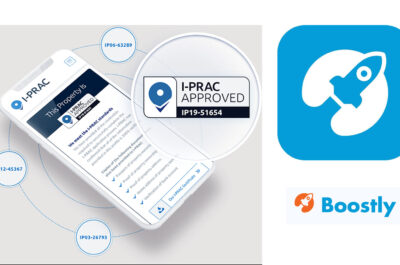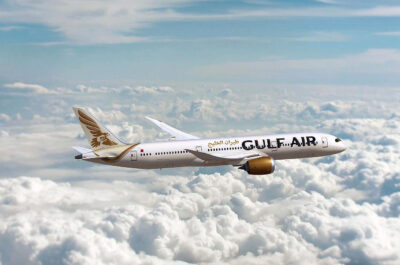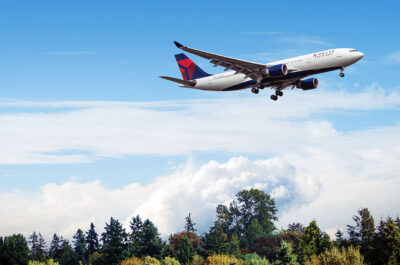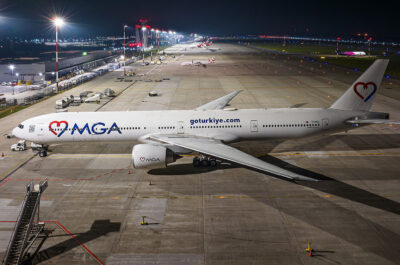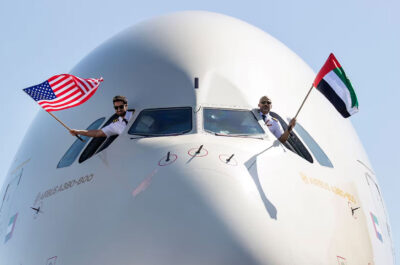The International Air Transport Association (IATA) encouraged strong information technology (IT) partnerships to continue to facilitate change that strengthens the air transport industry. “IT has changed aviation for the better. Aviation today is a global mass transit system for nearly 3 billion people and 50 million tonnes of cargo. This is a critical component at the foundation of our…

The International Air Transport Association (IATA) encouraged strong information technology (IT) partnerships to continue to facilitate change that strengthens the air transport industry.
“IT has changed aviation for the better. Aviation today is a global mass transit system for nearly 3 billion people and 50 million tonnes of cargo. This is a critical component at the foundation of our global community. We could not deliver this enormous value at an ever expanding scale without the support of IT partners,” said Tony Tyler, IATA’s Director General and CEO.
The comments were made at the SITA Air Transport IT Summit, in Brussels, Belgium, where Tyler challenged aviation’s IT partners to deliver change to shore up the bottom line at a critical time for the air transport industry. “We are expecting a razor thin consolidated industry margin of just 0.5%. Even that anemic profitability faces downside risks of high oil prices and the European sovereign debt crisis. We will be counting on our IT partners to work with us on opportunities to generate revenues, cut costs and improve the bottom line,” said Tyler.
“Change is not a zero-sum game. Alignment among stakeholders and partners has underpinned transformational changes such as the move to 100% e-ticketing. Everyone in the value chain-and our customers-benefitted,” said Tyler.
Tyler singled out distribution, decision support and operational efficiency as focal areas for IT partnerships:
Distribution: “While the computer reservation systems of the 1970s put aviation decades ahead of other consumer-facing industries, the Global Distribution System (GDS) model is now holding us back. New models, more retail-based, are facilitating customer-friendly interactions in almost every other consumer online activity. But the GDS model is too clunky to adapt easily to the emergence of trends such as fare unbundling and merchandizing,” said Tyler.
To move forward, IATA is working on a new distribution capability (NDC) that will bring the industry up-to-date with online retailers and revolutionize distribution. The foundation standard for the NDC will be presented at the World Passenger Symposium in October. “The GDSs and system providers have an important role to play in working with us to optimize this NDC and to take advantage of the opportunities it will offer the entire value chain,” Tyler said.
Decision Support: IT has a vital role to play in decision support. “Every minute of every day airlines are faced with a multitude of operational and commercial decisions for which they rely on IT to help arrive at the correct answer. The evolution of origin and destination revenue management systems, for example, helps airlines better manage the ups and downs of passenger demand. They enable airlines to maximize revenue opportunities in the good times and are a life saver when times are bad,” said Tyler.
“Perhaps surprisingly, given the value that is attached to it, we have not understood the importance of managing the information we have about customers’ travel patterns. Instead, we have allowed much of that information to reside with the middlemen distributors of our product who have made a healthy profit aggregating and selling back to airlines their own data,” said Tyler.
Last week, IATA launched Direct Data Service (DDS) in partnership with the North America-based ARC. DDS is a more powerful evolution of IATA’s PaxIS business intelligence tool. “DDS will bring fresh competition to the market for passenger data,” said Tyler.
Operational Efficiency: Tyler noted that IT continues to facilitate improvements in operational efficiency. “For example, e-ticketing, the flagship program of IATA’s Simplifying the Business (StB) initiative, was about far more than eliminating paper. It brought multiple benefits across the supply chain and greater convenience for passengers. On top of that, it enabled other changes such as bar-coded boarding passes, internet distribution and airport kiosks-all adding value to the travel experience while reducing costs. Many of these are behind Fast Travel-the StB program focused on bringing more self-service options to travelers,” said Tyler.
Fast Travel consists of six self-service options: check-in, bags ready-to-go, document check, flight re-booking, self-boarding and bag recovery. “By 2020, our vision is for 80% of passengers to be able to be offered a complete self-service suite,” said Tyler.
“We are only at the beginning of the journey. We can send a boarding pass to a mobile phone, but passengers cannot access real time operational information on flight status, wait times or baggage delivery on any device in any location. Putting these pieces together is part of the next phase of StB,” said Tyler. IATA will release an updated version of the StB White Paper which will guide these and future developments at the World Passenger Symposium.
Theodore is the Co-Founder and Managing Editor of TravelDailyNews Media Network; his responsibilities include business development and planning for TravelDailyNews long-term opportunities.
















